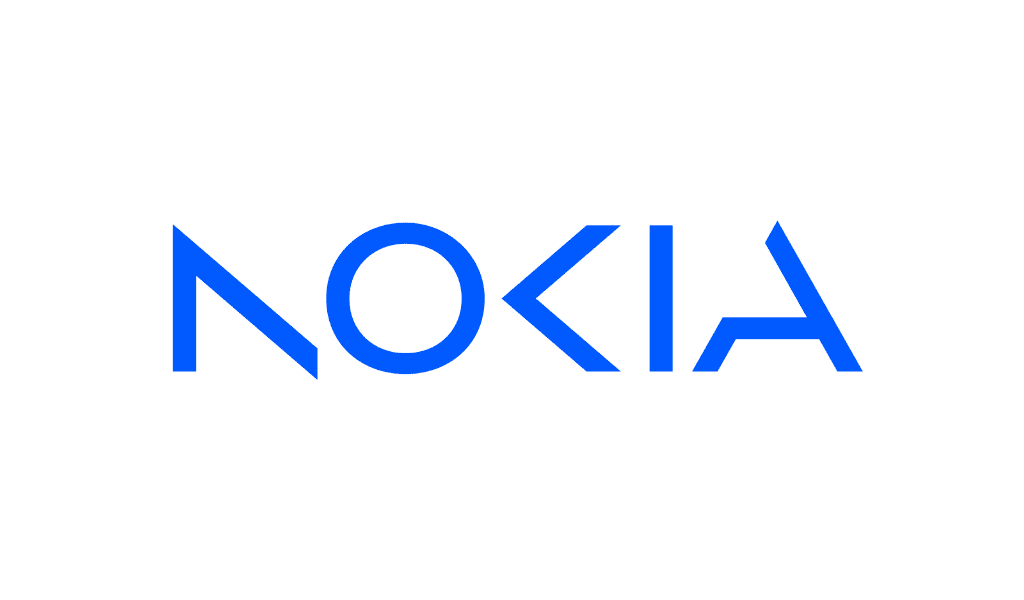A new survey report from the International Foundation of Employee Benefit Plans reveals updated U.S. employer coverage surrounding glucagon-like peptide-1 (GLP-1) drugs. The International Foundation first conducted this survey in October 2023. Considering the growing prominence of this category of pharmaceuticals, a new pulse survey on the drugs was deployed in May 2024.
More than half (57%) of employers provide coverage of GLP-1’s for diabetes only (up from 49% in 2023), and 34% provide coverage for both diabetes and weight loss (up from 26% in 2023). Of those that currently only offer GLP-1 for diabetes, 19% are considering offering the drug for weight loss.
Employers indicate that 8.9% is the average representation of GLP-1 drugs for weight loss in total annual claims for their organization, an increase over the 2023 average of 6.9%.
Those employers covering GLP-1 drugs rely heavily on utilization management (85%) to control costs. These techniques include prior authorization and BMI and comorbidity requirements. Less common cost management approaches include step therapy (18%) and eligibility requirements (16%). Further, 9% of employers have no cost-control mechanism in place.
“The new survey data shows that in the last six months, GLP-1 coverage has increased for both weight loss and diabetes,” says Julie Stich, CEBS, vice president of content at the International Foundation. “With the release of new FDA approvals and clinical studies, and increasing demand and awareness, employers are seriously considering how to proceed. The data indicates that employers and plans are adjusting their drug coverage policies in response.”
The most prevalent factors employers are taking into consideration for GLP-1 drug coverage for obesity care include:
- obesity as a risk factor for chronic conditions and associated costs (76%);
- broker and consultant recommendations (71%);
- impact and effectiveness of cost-control mechanisms (62%);
- GLP-1 label expansion (57%);
- long-term costs (56%); and
- lack of clinical studies for long-term use of GLP-1 drugs (39%).
















